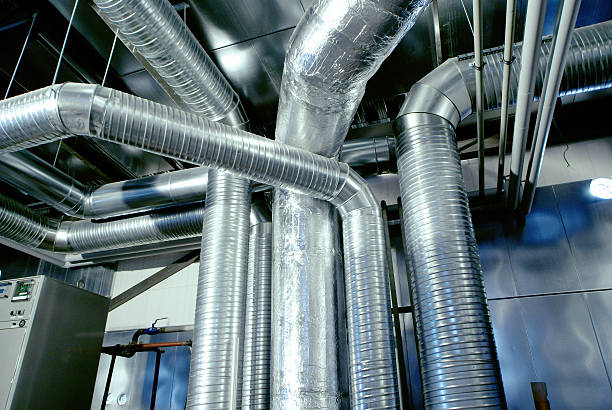Insulated and Uninsulated Ducts
One of the most essential components of products and systems for HVAC is the duct. This makes up the circulatory system of most HVAC equipment, which primary functions are to channel conditioned air to vents, to take return air back into the system, and to transport exhaust air and waste heat outside of the house.
An HVAC ducting system should work no matter the season – during winter, they carry warmth; in the summer, they hold cool air. As to the rest of the year, they provide ventilation for better indoor air quality.
Such product for HVAC has evolved through time. Most facilities built a long time ago use noninsulated ducts, meaning they are not lined with a material that should prevent or reduce the passage or transfer of heat or electricity. Because insulation technology for ducts isn’t available just yet.
While there are facilities which use non-insulated ducts today –because insulation is not a universal HVAC requirement in ducts anyway – majority of the building owners now opt to use the flexible insulated ones for their advantages. It is now the recommended ducting solution by HVAC engineers especially for offshoots in forced-air systems, with the rigid ones suggested for the main trunk ductwork.
Typically made of flexible plastic over a metal wire coil to shape a tube, flexible insulated ducts are thermally insulated, fully lined air ducts designed for use in HVAC distribution systems. They are different from uninsulated ducts because of, well, the insulation.
Materials for insulation of these ducts vary. In the United States, it is usually glass wool; in Australia, it can be polyester fiber and glass wool for thermal insulation.
There is another layer, the outermost one, on top of the insulation. This is a protective layer usually composed of polyethylene or metalized PET in recent ducts, or plastics and metal films in the older ones.
How HVAC Contractors Should Select a Flexible Insulated and Uninsulated Duct
There are several HVAC companies who are offering flexible insulated ducting products with a rather unique insulation system.

Such products have thermal efficiencies provided by wrapping the exterior with a blanket of fiberglass insulation. The manufacturing company should have designed the ducting products to have a strong outer insulation jacket or vapor barrier which is made of fiberglass reinforced metalized polyester film laminated.
Many HVAC companies are offering one of a kind product embedded with unique characteristics which are also required to achieve energy efficiency.
Customers can choose between an uninsulated duct and flexible insulated duct, whichever the needs are for the facility.
HVAC contractors can look for uninsulated duct which is made of triple lamination of aluminum foil, polyester and metalized polyester film permanently bonded to a coated spring steel wire helix for their project. The flexible insulated duct is essentially the same but with the exterior fiberglass insulation wrap.
When HVAC contractors want a good quality for their projects, both products (uninsulated ducts and flexible insulated ducts) among others, should be globally recognized by the ASTM (American Standard of Testing Materials), BSI (British Standard Institute), and ISO 9001:2015. Contractors or HVAC engineers should also look for products that conforms with all major international standards for the insulation industry for sore hardness.














